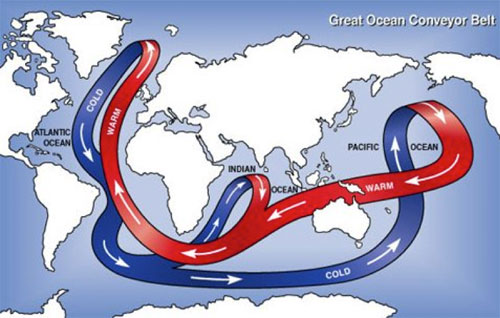Global Sun Driver
So whether you're shopping for drivers, fairway woods, hybrids, iron sets, individual irons, wedges, putters or even complete golf club sets - if you can swing it on the course, we've got one used. Our massive inventory also means we have clubs from the all top brands in golf - TaylorMade, Callaway, Ping, Titleist, Cobra, Cleveland and more. It is our opinion that the Sun is the main direct and indirect driver of climate change. Friends of Science is a non-profit organization run by dedicated volunteers comprised mainly of active and retired earth and atmospheric scientists, engineers, and other professionals. So whether you're shopping for drivers, fairway woods, hybrids, iron sets, individual irons, wedges, putters or even complete golf club sets - if you can swing it on the course, we've got one used. Our massive inventory also means we have clubs from the all top brands in golf - TaylorMade, Callaway, Ping, Titleist, Cobra, Cleveland and more. So, if CO2 is not the principal driver of global temperature changes, then what is? The adjacent chart is a plot of daytime high temperatures and solar radiation. The very visible close relationship between solar energy and the maximum temperatures is very obvious, and is irrefutable - it's the sun, stupid! Feb 04, 2021 The amount of solar energy received by the Earth has followed the Sun’s natural 11-year cycle of small ups and downs with no net increase since the 1950s. Over the same period, global temperature has risen markedly. It is therefore extremely unlikely that the Sun has caused the observed global temperature warming trend over the past half-century.
No. The Sun can influence the Earth’s climate, but it isn’t responsible for the warming trend we’ve seen over the past few decades. The Sun is a giver of life; it helps keep the planet warm enough for us to survive. We know subtle changes in the Earth’s orbit around the Sun are responsible for the comings and goings of the ice ages. But the warming we’ve seen over the last few decades is too rapid to be linked to changes in Earth’s orbit, and too large to be caused by solar activity.


One of the “smoking guns” that tells us the Sun is not causing global warming comes from looking at the amount of the Sun’s energy that hits the top of the atmosphere. Since 1978, scientists have been tracking this using sensors on satellites and what they tell us is that there has been no upward trend in the amount of the Sun’s energy reaching Earth.
Global Sun Drivers
A second smoking gun is that if the Sun were responsible for global warming, we would expect to see warming throughout all layers of the atmosphere, from the surface all the way up to the upper atmosphere (stratosphere). But what we actually see is warming at the surface and cooling in the stratosphere. This is consistent with the warming being caused by a build-up of heat-trapping gases near the surface of the Earth, and not by the Sun getting “hotter.”
Global Sun Driver Download
READ MORE
On timescales of tens of millennia, the dominant radiative forcing of Earth’s climate is associated with slow variations in the geometry of Earth’s orbit about the Sun. These variations include the precession of the equinoxes (that is, changes in the timing of summer and winter), occurring on a roughly 26,000-year timescale; changes in the tilt angle of Earth’s rotational axis relative to the plane of Earth’s orbit around the Sun, occurring on a roughly 41,000-year timescale; and changes in the eccentricity (the departure from a perfect circle) of Earth’s orbit around the Sun, occurring on a roughly 100,000-year timescale. Changes in eccentricity slightly influence the mean annual solar radiation at the top of Earth’s atmosphere, but the primary influence of all the orbital variations listed above is on the seasonal and latitudinal distribution of incoming solar radiation over Earth’s surface. The major ice ages of the Pleistocene Epoch were closely related to the influence of these variations on summer insolation at high northern latitudes. Orbital variations thus exerted a primary control on the extent of continental ice sheets. However, Earth’s orbital changes are generally believed to have had little impact on climate over the past few millennia, and so they are not considered to be significant factors in present-day climate variability.